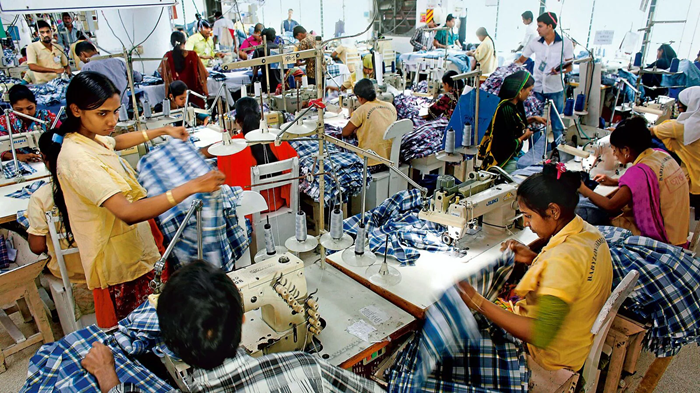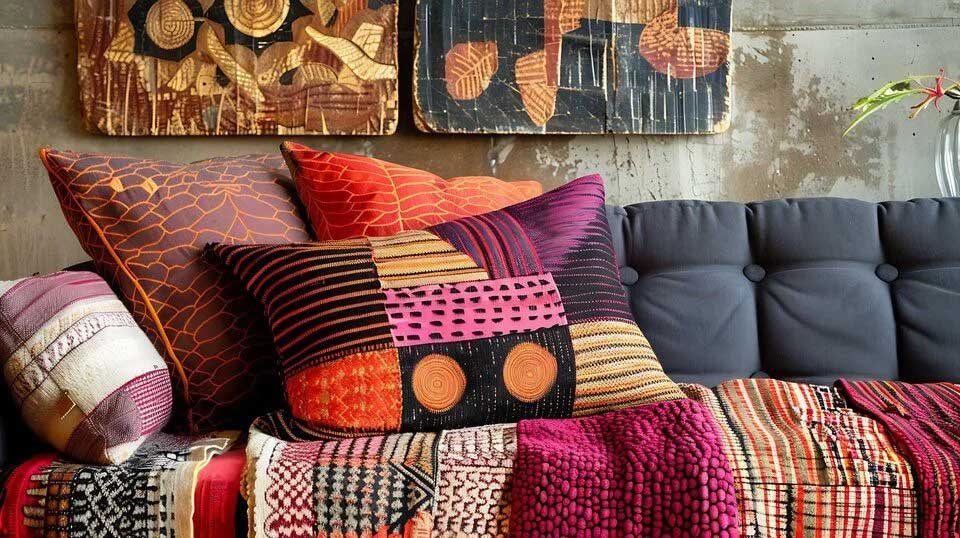
Shifting consumer trends, supply chain disruptions, and a growing desire for sustainability and localized production has had its effects on US sportswear segment. As legacy brands like Nike and Adidas grapple with declining sales and a rapidly changing landscape, a new project in Portland, Oregon, aims to revitalize the US sportswear manufacturing scene and rewrite the industry's playbook.
The ambitious $125 million ‘Made in Old Town’ project in Portland seeks to revitalize domestic production, drawing lessons from past successes and failures. Spearheaded by startup Hilos and backed by industry veterans Nike and Adidas among others, the initiative aims to establish a stateside manufacturing hub, potentially creating 6,000 jobs by 2028. The initiative aims at bringing footwear and apparel production back to the US, offering brands faster turnaround times, greater control over quality, and the ability to respond swiftly to market demands.
The shifting landscape
Historically, the sportswear industry in the US has relied heavily on overseas manufacturing, particularly in Asia. This model, while cost-effective, has faced challenges in recent years, including supply chain disruptions, rising labor costs, and concerns about sustainability. The pandemic further exposed the vulnerabilities of this model, prompting a reevaluation of manufacturing strategies. As Elias Stahl, CEO of Portland-based Hilos, told Business Insider "Factory owners and suppliers need to be globally competitive in manufacturing and need to be able to be closer to brands."\
Lessons from Adidas' Speedfactory’ flop
The Made in Old Town project is not the first attempt to bring sportswear manufacturing back to US soil. Adidas' Speedfactory initiative, launched with much fanfare a few years ago, aimed to revolutionize shoe production with automated factories in Atlanta and Germany. However, the project ultimately failed due to its inability to keep up with fast-changing fashion trends and the lack of support from materials suppliers.
Eric Liedtke, former Adidas executive and current ‘Made in Old Town’ board member, emphasizes the importance of learning from past mistakes. He says, they gave Speedfactory their best effort. It just didn't work out. The model was partly flawed because the technology could not account for quickly changing fashion trends. Only one shape of footwear could be created at a time, limiting production efforts.
Made in Old Town aims to address these challenges by focusing on flexibility, adaptability, and fostering collaboration between brands, manufacturers, and suppliers. By creating an ecosystem where all players can work together seamlessly, the project aims to unlock innovation and accelerate the pace of production.
Positive side of localized production
Made in Old Town aims to address the challenges of sourcing from abroad by creating a collaborative ecosystem that fosters innovation and agility. The project envisions a campus where designers, manufacturers, and materials suppliers can work in close proximity, streamlining the product development process. The integration of 3D printing and other advanced technologies is expected to further accelerate production and enable brands to respond swiftly to market trends.
While the Made in Old Town project is still in its early stages, there are already examples of successful localized manufacturing initiatives in the sportswear industry. New Balance, for instance, continues to produce over four million pairs of shoes annually in the US, demonstrating that domestic production can be both viable and profitable. As Stahl explains, factory owners and suppliers need to be globally competitive in manufacturing and need to be able to be closer to brands.
Smaller brands are also embracing localized production to gain a competitive edge. For example, Unless, a plant-based footwear and apparel company, is leveraging 3D printing and sustainable materials to create products on demand, reducing waste and minimizing environmental impact.
It maybe noted that currently, nearly all shoes sold in the US are made abroad. The shift to overseas manufacturing led to a significant decline in domestic footwear jobs, from an estimated 76,000 in 1990 to just over 11,000 today. Legacy sportswear brands have faced challenges in recent years, with Nike, Adidas, and Under Armour reporting soft sales and announcing layoffs. While the US government has offered billions in subsidies to support manufacturing in other sectors, the apparel industry has largely been overlooked.
However, the US government has now shown support for domestic manufacturing, offering billions in subsidies to key industries. At the same time, the apparel sector has largely been overlooked, highlighting the need for private investment and initiatives like Made in Old Town.
Indeed, the Made in Old Town project is still in its early stages, but it represents a significant step towards reshaping the sportswear manufacturing landscape. By learning from past mistakes and embracing innovation, Portland aims to create a model that benefits both brands and consumers. The success of this initiative could inspire similar efforts across the country, potentially leading to a resurgence of domestic manufacturing.












